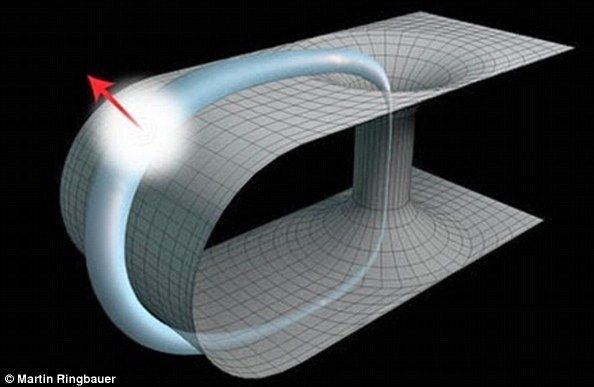If a time traveler went back in time and stopped their own grandparents from meeting, would they prevent their own birth?
That’s the crux of an infamous theory known as the ‘grandfather paradox’, which is often said to mean time travel is impossible — but some researchers think otherwise. A group of scientists have simulated how time-travelling photons might behave, suggesting that, at the quantum level, the grandfather paradox could be resolved.
The research was carried out by a team of researchers at the University of Queensland in Australia and their results are published in the journal Nature Communications. The study used photons — single particles of light — to simulate quantum particles travelling back through time. By studying their behavior, the scientists revealed possible bizarre aspects of modern physics.
In the simulation, the researchers examined two possible outcomes for a time-travelling photon. In the simulation, the researchers examined the behavior of a photon traveling through time and interacting with its older self.
In their experiment they made use of the closely related, fictitious, case where the photon travels through normal space-time and interacts with another photon that is stuck in a time-travelling loop through a wormhole, known as a closed timelike curve (CTC).
Simulating the behavior of this second photon, they were able to study the behavior of the first — and the results show that consistent evolution can be achieved when preparing the second photon in just the right way. By definition ‘quantum’ refers to the smallest possible particles that can independently exist — such as photons.
